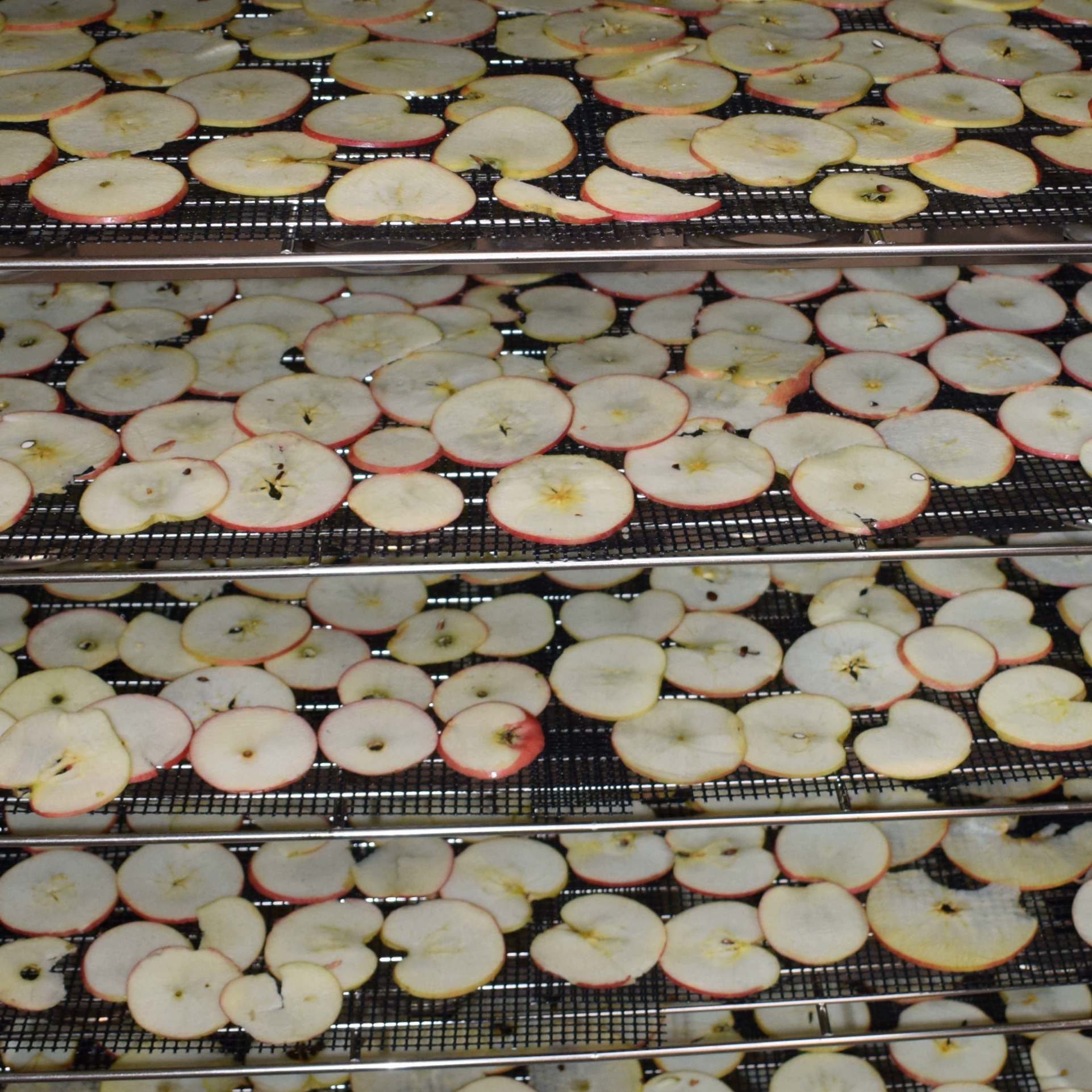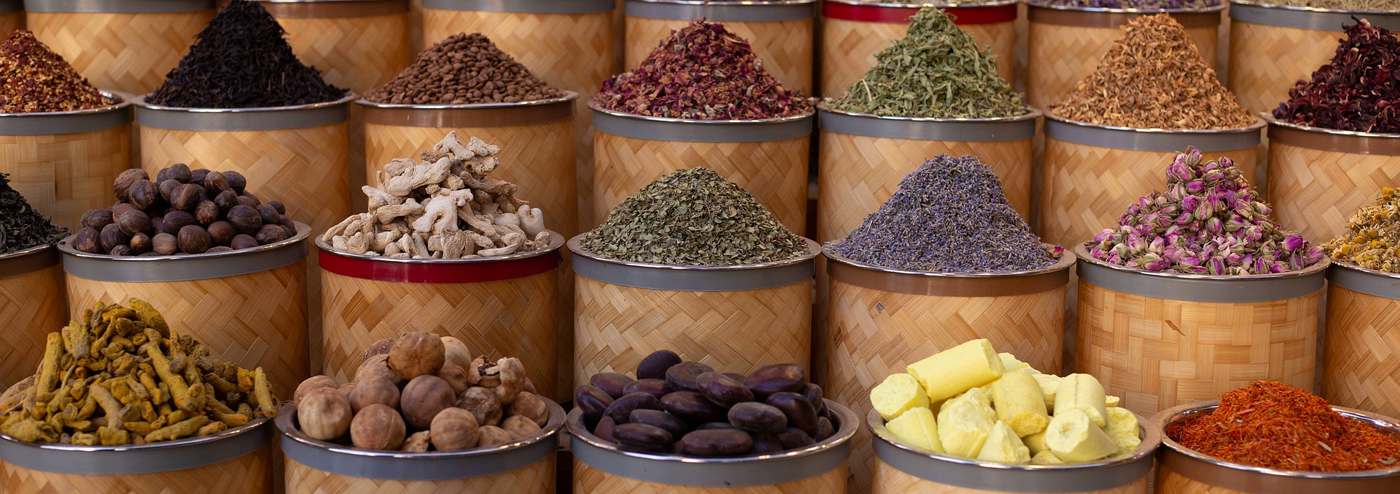HEAT EXCHANGERS
Heat Exchangers: Efficient Thermal Energy Transfer for Optimal Food Processing
Heat exchangers are unsung heroes of the food processing industry, silently ensuring the effective transfer of thermal energy for various applications. These intricate devices play a pivotal role in maintaining precise temperature control, enhancing production efficiency, and preserving product quality. In this comprehensive exploration, we delve into the world of heat exchangers, uncovering their mechanisms, types, and vital contributions to the food processing landscape.
The Role of Heat Exchangers
Heat exchangers serve as intermediaries in the intricate process of energy transfer. They facilitate the exchange of heat between two mediums, ensuring that heat from a high-temperature fluid is efficiently transferred to a lower-temperature fluid, without direct contact between the two. This principle is integral in processes such as pasteurization, sterilization, and cooling within the food industry.
Operating Principles of Heat Exchangers
Heat exchangers operate on several fundamental principles, such as conduction, convection, and radiation. These principles enable the efficient transfer of heat, whether through direct contact or through a separating wall. Regardless of the specific type of heat exchanger, all systems aim to maximize thermal efficiency, reduce energy wastage, and maintain precise temperature levels.
Types of Heat Exchangers
- Shell and Tube Heat Exchangers: These common types features a bundle of tubes or a shell, allowing efficient heat transfer between two fluids on either side.
- Plate Heat Exchangers: Compact and versatile, these consist of metal plates with intricate patterns that enable efficient heat exchange.
- Double Pipe Heat Exchangers: A simple design consisting of two pipes, this type is ideal for small-scale applications and straightforward heat transfer needs.
- Scraped Surface Heat Exchangers: Utilizing a rotating blade or scraper, these exchangers are ideal for handling viscous or fouling-prone fluids, ensuring efficient heat transfer.
Applications in the Food Industry
Heat exchangers find wide application across various food processing stages:
- Pasteurization: Ensuring products are safe for consumption, heat exchangers facilitate pasteurization by quickly heating and cooling liquids.
- Sterilization: Vital in canning and packaging, heat exchangers help maintain product integrity and shelf life through controlled heat treatment.
- Cooling: From rapidly cooling soups to maintaining precise temperatures during production, heat exchangers ensure quality and consistency.
Advantages of Heat Exchangers
- Energy Efficiency: By efficiently transferring heat between fluids, heat exchangers reduce energy consumption and operating costs.
- Product Quality: Precise temperature control helps maintain the desired characteristics and quality of food products.
- Environmental Impact: Lower energy consumption contributes to reduced carbon emissions and a smaller ecological footprint.
FoodTechProcess: Reliable Heat Exchange Solutions
At FoodTechProcess, we specialize in providing state-of-the-art heat exchangers designed for the food industry. Our solutions ensure optimal thermal performance, precise temperature control, and energy efficiency. With a focus on enhancing food processing operations, our heat exchangers contribute to higher productivity, reduced waste, and improved product quality.
The plate heat exchanger is designed for cooling/heating and transfer liquid products such as milk, water, juices, syrups etc.
For more information, email us at sales@foodtechprocess.com
Vertical shell and tube heat exchanger is designed to heat and cool such viscous/pasty products as sauces, mayonnaise, creams yogurts, jams, caramel, baby food, honey etc.┬Ā
For a price quote or a free consultation, send us an email to┬Āsales@foodtechprocess.com
Shell-and-tube or tabular heat exchanger is designed to heat and cool such viscous/pasty products as sauces, mayonnaise, creams yogurts, jams, caramel, baby food, honey etc.┬ĀShell-and-tube heat exchangers are one of the most widely used units due to their robust design and a variety of options to suit different operating conditions.
For a price quote or a free consultation, send us an email to┬Āsales@foodtechprocess.com
The price is indicated without the control unit
The heat exchanger is designed for efficient and gentle heat treatment: heating and cooling liquid and pasty products, including those with a high viscosity, such as jam, chocolate, caramel, glazes, creams, marinades, baby food, honey, fish or meat stuffing and many similar products.
- Uniform thermal processing of thick and viscous products thanks to the supply of the coolant into the duplicator
- Efficient heat transfer due to especially shaped blades
- Continuous operation that does not allow the product to locally overheat or overcool
- Intensive heat transfer due to the internal mixing of the product with scrapers
- Material: Stainless steel
- Principle of operation: Continuous mode
- Country of origin: Slovakia
- Volume: 250l/ 500l
- Voltage: 380-400V
- Heat transfer area, m2: 2,7/ 5,4/


















